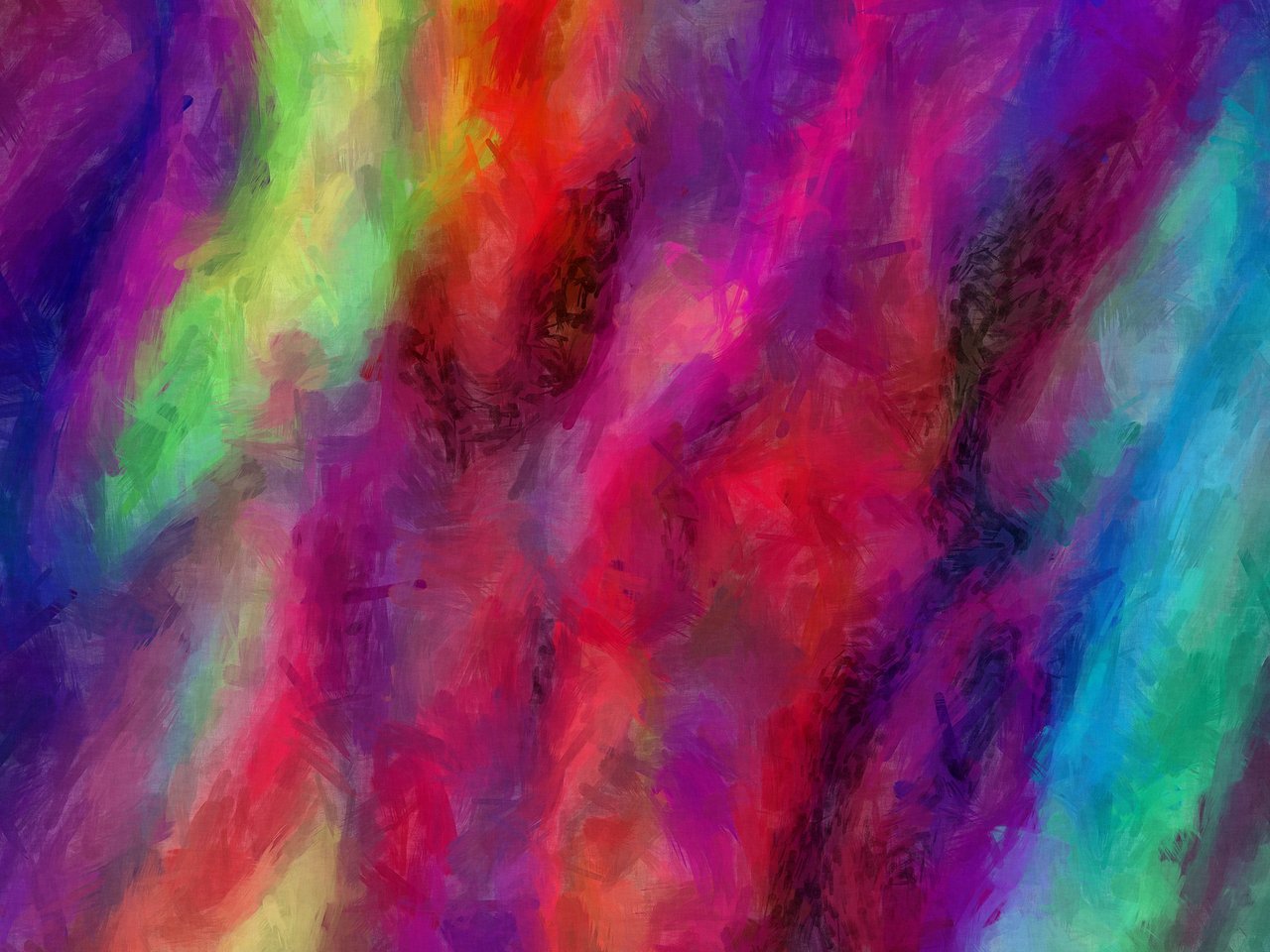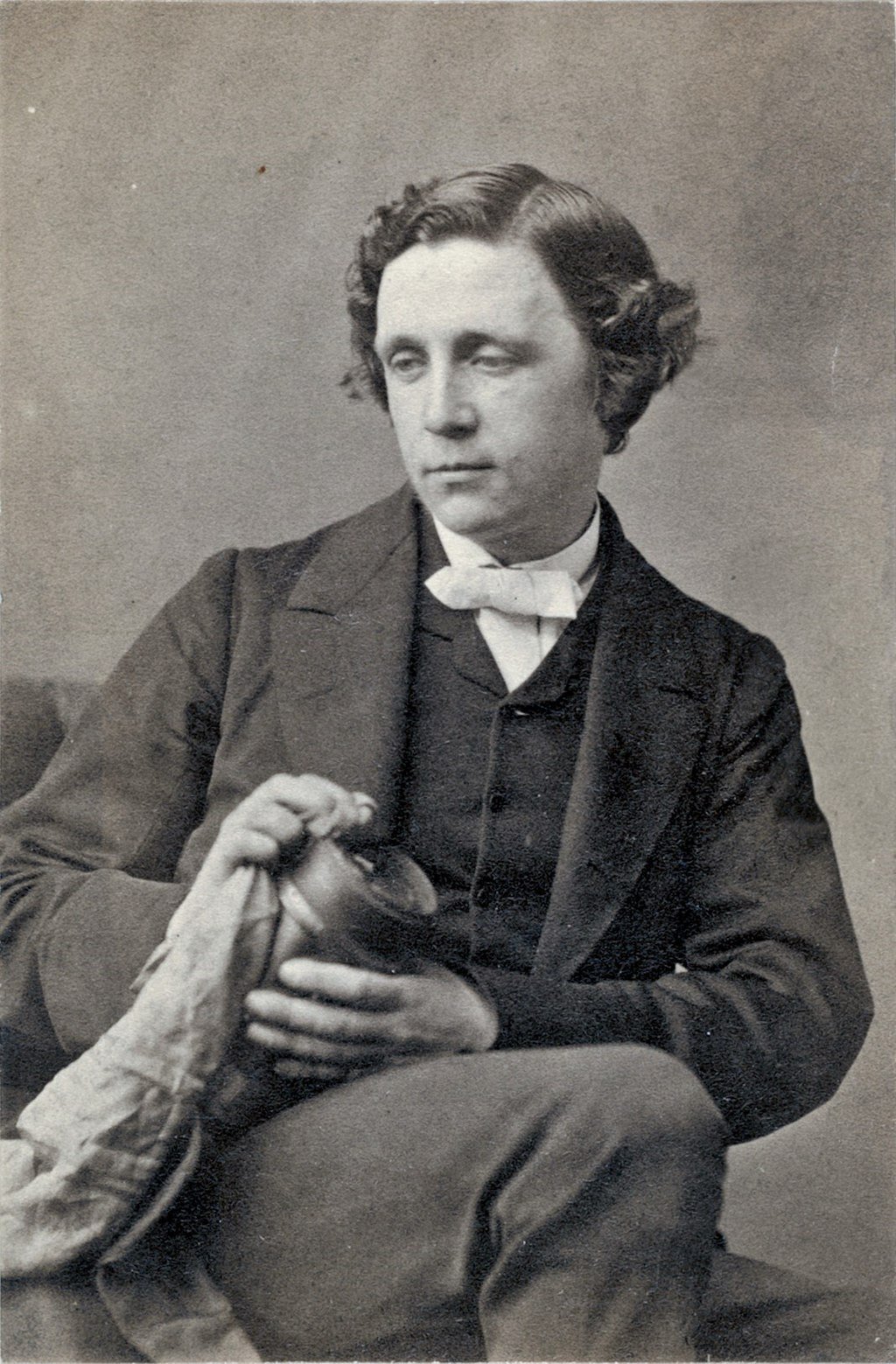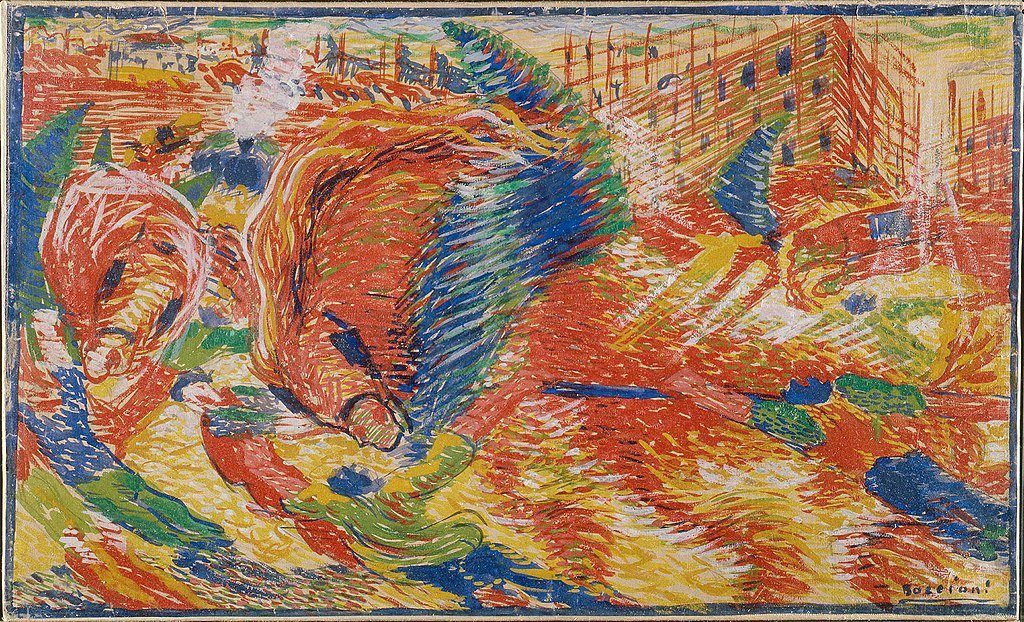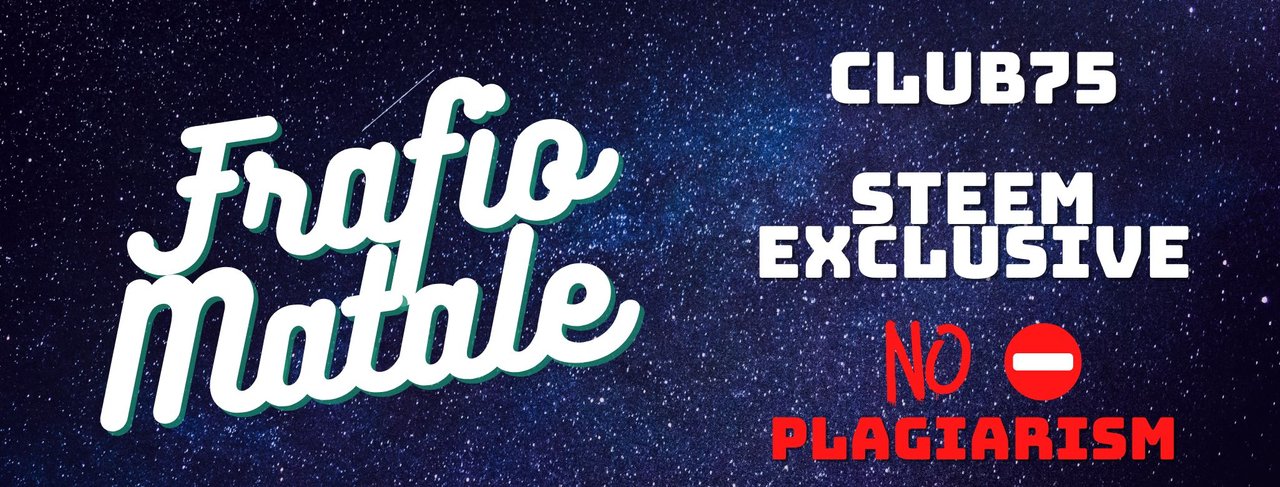
Arte astratta, foto da Mitchfeatherston, CC0, attraverso Wikimedia Commons
COME SI VALUTA L'ARTE? |
|---|
Di fronte ad un quadro astratto, come quello presente nella copertina di questo post, o ad altre opere che si prestano a pareri discordanti, gli spettatori solitamente si dividono in due correnti di pensiero: alcuni sono portati a considerarlo un vero e proprio capolavoro, altri ci vedranno soltanto delle macchie informi di colore, in un insieme replicabile anche da un qualsiasi bambino dotato di colori ad olio.
La diatriba è probabilmente vecchia come il mondo: che cosa si può considerare arte e cosa no? L'argomento mi ha sempre affascinato molto, ma non possedendo conoscenze specifiche in materia, mi sono fatto aiutare dal dizionario di Google, che alla voce "arte" recita testualmente:
Qualsiasi forma di attività dell'uomo come riprova o esaltazione del suo talento inventivo e della sua capacità espressiva.
Questa interpretazione, simile peraltro a quella di ogni vocabolario moderno della lingua italiana, non lascerebbe adito a dubbi: ogni espressione della creatività di un essere umano deve essere considerata come "artistica".
Questa tesi è stata sostenuta anche da svariati protagonisti del settore, all'interno di un'indagine portata avanti dal New York Times sul finire del secolo scorso, e più recentemente dall'ex direttore del dipartimento di pittura e scultura del MoMA di New York, William Rubin, concorde nel sostenere l'assenza di criteri specifici per definire un'opera d'arte.

Lo scrittore inglese, Lewis Carroll. Public domain image
Anzi, l'arte può essere a volte talmente surreale e incomprensibile, da non esistere fisicamente nell'universo razionale da noi conosciuto, e a tal proposito hanno fatto molto discutere le opere realizzate dall'artista sardo Salvatore Garau. A Milano, in Piazza della Scala, è esposta la sua scultura, Buddha in contemplazione, mentre alla casa d'aste Art-Rite del capoluogo meneghino, nel maggio del 2021, una sua creazione, Io sono, è stata venduta per una cifra molto vicina ai quindicimila euro.
Fin qui, tutto potrebbe sembrare normale, se non fosse che entrambe le opere si presentano come del tutto immateriali. Agli acquirenti di Io sono, spinti fino a raddoppiare il prezzo iniziale di seimila euro con il quale l'opera era stata messa all'asta, sono state fornite soltanto le misure dello spazio destinato a contenerla, pari a circa 150x150 centimetri, ma consegnato null'altro che il certificato di proprietà.
Allo stesso modo, nella piazza meneghina, sono tracciati sul pavé soltanto i confini del Buddha in contemplazione, lasciando allo spettatore il compito di "vedere" dentro di sé la scultura.
Ma anche nella letteratura, ed in particolare nella poesia, esistono diverse forme d'arte, che portano il lettore lontano dai normali canoni studiati nei comuni percorsi scolastici grazie a componimenti come San Martino o Il cinque maggio, per spaziare in campi nuovi ed in larga parte inesplorati.
Il genere principale di questa tendenza è probabilmente il nonsense, all'interno del quale il testo o la trama smettono di assumere un significato semantico logico, per lasciar spazio ad un insieme di elementi all'apparenza scoordinati e, per l'appunto, privi di senso. Un tale componimento può, come nel caso del Jabberwocky di Lewis Carroll (l'inventore di Alice nel Paese delle Meraviglie), nascondere significati nascosti dietro a parole inesistenti, demandando a future opere la chiave di lettura, oppure condurre il lettore allo sviluppo di una propria interpretazione.

"La città che sale", opera del maestro futurista Umberto Boccioni. Public domain image
Se si legge con attenzione il componimento Il Lonfo, del fiorentino Fosco Maraini, si può comprendere come ogni parola sia paragonabile alla pennellata di un artista sulla propria tela, magari intento alla composizione di un quadro futurista. Nessuna frase assume un senso compiuto, secondo i criteri della lingua italiana, ma serve al lettore per sviluppare una personale visione d'insieme, una sorta di strumento utile ad intraprendere il proprio viaggio nel mondo della fantasia. Ecco la prima strofa:
Il Lonfo non vaterca né gluisce
e molto raramente barigatta,
ma quando soffia il bego a bisce bisce
sdilenca un poco e gnagio s’archipatta.
E ora, il nocciolo della questione: può un post su Steemit, a mio avviso da considerare a tutti gli effetti come un particolare genere letterario, essere interpretato in alcuni casi come una forma d'arte? Cosa succederebbe, ad esempio, se un utente della piattaforma rivendicasse, alla maniera del Garau, la natura artistica di un post vuoto?
E se invece si componesse un intero scritto in stile nonsense, invitando i lettori a scoprire eventuali significati nascosti? La sfida potrebbe essere interessante, voi cosa ne pensate?
Statemi bene, alla prossima!
 ENGLISH VERSION
ENGLISH VERSION
Translated with DeepL.com
HOW IS ART EVALUATED? |
|---|
In front of an abstract painting, like the one on the cover of this post, or other works that lend themselves to divergent opinions, viewers usually divide into two schools of thought: some are inclined to consider it a true masterpiece, while others will only see shapeless blobs of color, put together by any child with oil paints.
The debate is probably as old as the world: what can be considered art and what cannot? The subject has always fascinated me greatly, but not possessing specific knowledge in the field, I have sought help from Google's dictionary, which defines "art" as follows:
Any form of human activity that is proof or exaltation of his inventive talent and expressive ability.
This interpretation, similar to that of any modern Italian language dictionary, leaves no room for doubt: every expression of human creativity must be considered "artistic."
This thesis has also been supported by various figures in the field, as part of an investigation carried out by the New York Times at the end of the last century, and more recently by the former director of the painting and sculpture department of the MoMA in New York, William Rubin, who agrees that there are no specific criteria for defining a work of art.

The English writer, Lewis Carroll. Public domain image
Actually, art can sometimes be so surreal and incomprehensible as to not exist physically in the rational universe we know, and in this regard, the works created by the Sardinian artist Salvatore Garau have sparked much discussion. In Milan's Piazza della Scala, his sculpture, "Buddha in contemplation", is on display, while in May 2021, one of his creations, "Io sono", was sold for a sum very close to fifteen thousand euros at the Art-Rite auction house in the Lombard capital.
So far, everything might seem normal, if it were not for the fact that both works present themselves as completely immaterial. Buyers of Io sono, driven to double the initial price of six thousand euros at which the work was put up for auction, were provided only with the measurements of the space intended to contain it, about 150x150 centimeters, but nothing was delivered except the certificate of ownership.
Similarly, in the Milanese square, only the boundaries of Buddha in contemplation are traced on the pavement, leaving the viewer the task of "seeing" the sculpture within themselves.
But even in literature, and especially in poetry, there are different forms of art that take the reader far from the normal canons studied in common school curricula thanks to compositions like San Martino or Il cinque maggio, to explore new and largely uncharted fields.
The main genre of this tendency is probably nonsense, within which the text or plot ceases to assume a logical semantic meaning, to make way for a set of apparently disordered and, indeed, senseless elements. Such a composition can, as in the case of Lewis Carroll's Jabberwocky (the inventor of Alice in Wonderland), hide hidden meanings behind non-existent words, leaving the key to future works, or lead the reader to develop their own interpretation.

"La città che sale", work by futurist master Umberto Boccioni. Public domain image
If one reads carefully the composition Il Lonfo by the Florentine Fosco Maraini, one can understand how each word can be compared to a brushstroke by an artist on their canvas, perhaps intent on composing a futurist painting. No sentence assumes a complete meaning, according to the criteria of the Italian language, but serves the reader to develop a personal overall view, a sort of tool useful to embark on one's journey into the world of fantasy. Here is the first stanza:
Il Lonfo non vaterca né gluisce
e molto raramente barigatta,
ma quando soffia il bego a bisce bisce
sdilenca un poco e gnagio s’archipatta.
And now, the crux of the matter: can a post on Steemit, which in my opinion can be considered a specific literary genre, be interpreted in some cases as a form of art? What would happen, for example, if a user of the platform claimed, in the manner of Garau, the artistic nature of an empty post?
And what if one were to compose an entire writing in a nonsense style, inviting readers to discover any hidden meanings? The challenge could be interesting, what do you think?
Stay safe, see you next time!


